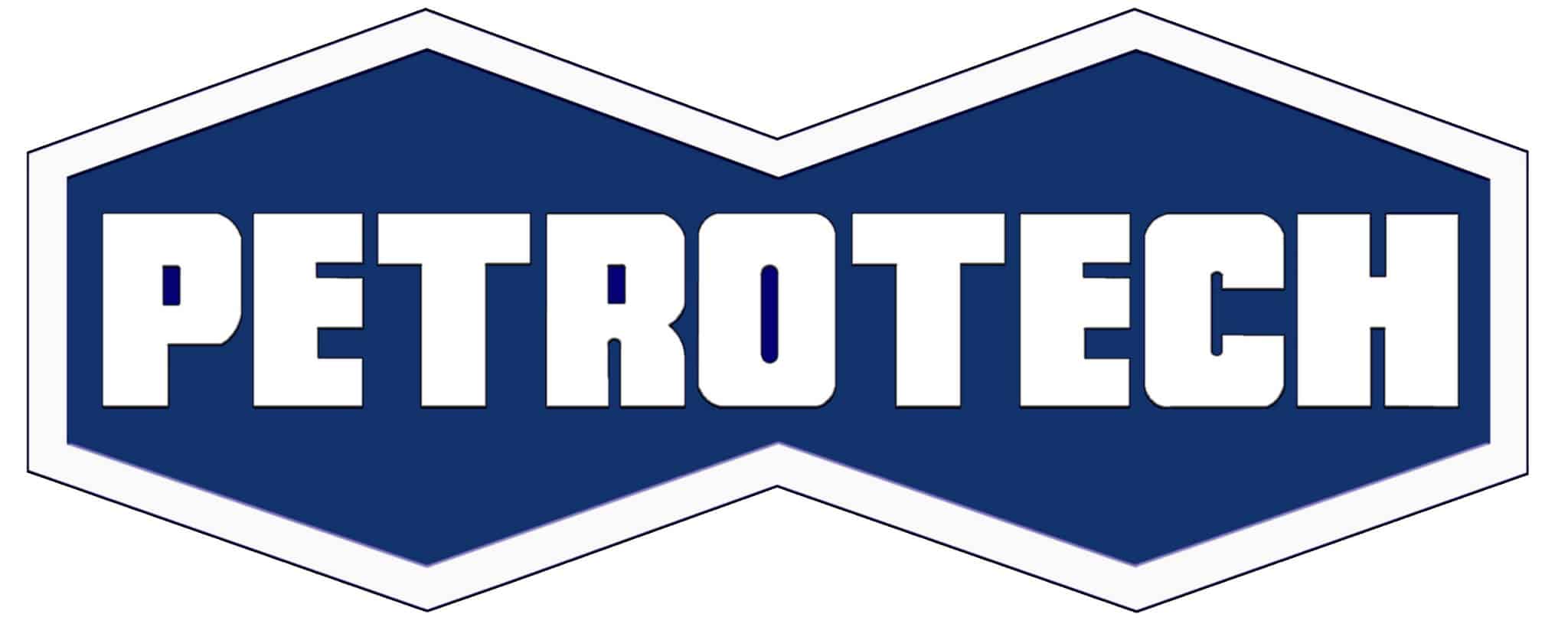Steam turbines are highly efficient and powerful machines, but their complexity makes them susceptible to operational issues. One of the most critical concerns is vibration, which occurs when rotating and stationary components make unintended contact. While vibrations indicate underlying mechanical issues, early detection and proper control measures help prevent costly damage and maintain efficiency. This article explores the causes of steam turbine vibrations, their impact on performance, and how to prevent long-term damage.
How Steam Turbines Work
Steam turbines generate mechanical energy by harnessing the power of high-pressure steam. The process begins with heating water using fossil fuels, solar energy, or other renewable sources. The resulting steam flows into the turbine, spinning the blades at high speeds. This rotational movement creates mechanical energy, which powers generators, compressors, and pumps.
After passing through the turbine, steam is cooled and condensed in a cooling system, often using lakes, rivers, or cooling towers. Some of this condensed water returns to the boiler, repeating the cycle. While steam turbines are reliable and widely used, vibrations can arise from mechanical imbalances, uneven cooling, and rotor bending.
Causes of Steam Turbine Vibrations
Rotor Bending and Structural Imbalances
One of the primary causes of vibration in a steam turbine is rotor bending. Over time, turbine rotors may warp or deform, especially during operational fluctuations. While minor bending is expected, excessive deformation disrupts the balance of the system, leading to instability, reduced efficiency, and potential failure.
Rotor bending is one of the most serious mechanical challenges for power plants. If not addressed, it can limit power generation, increase operation and maintenance costs, and reduce the overall lifespan of the turbine. Since vibration is a symptom rather than the root cause, identifying and correcting rotor bending is essential for long-term turbine performance.
Insufficient Bearing Support and Misalignment
Turbine rotors rely on precision bearings and support systems to remain balanced during operation. When these supports weaken or fail, static and dynamic forces become unevenly distributed, triggering cascading impacts throughout the system. These impacts increase vibration levels, reduce efficiency, and accelerate component wear.
Misalignment between turbine components further exacerbates vibrations, causing unstable shaft movement. Without proper adjustments, the turbine experiences excessive friction, heat buildup, and increased risk of failure.
Other Effects of Rotor Bending
Rubbing and Excessive Friction
When a bent rotor comes into contact with stationary surfaces, it creates rubbing—a major cause of mechanical damage and efficiency loss. This issue commonly occurs in labyrinth seals, diaphragms, and end sealing systems.
Friction between rotating and stationary parts leads to localized temperature increases, causing metal expansion and further deformation. Over time, this worsens the misalignment, amplifies vibration levels, and increases the risk of permanent rotor damage.
In a 3,000-rpm steam turbine, bending within 0.02–0.03 mm in any section is considered acceptable. However, bending exceeding 0.05 mm in turning gears may lead to severe deformation, reduced efficiency, and costly repairs.
Uneven Cooling and Thermal Expansion
Uneven cooling and warming of turbine rotors also contribute to vibrations and mechanical stress. When a high-temperature rotor cools unevenly, its mass may cause it to bend or warp. Similarly, uneven warming can trigger shaft misalignment, leading to unbalanced operation and increased wear.
Rapid temperature fluctuations within the turbine alter metal properties, making components more prone to distortion, stress fractures, and efficiency loss. If not properly controlled, these effects worsen over time and compromise the turbine’s overall reliability.
Preventing Steam Turbine Vibrations and Ensuring Long-Term Performance
Early Detection of Steam Turbine Vibrations and Technical Consultations
Because vibrations signal underlying mechanical problems, early detection is critical to avoiding permanent damage. Regular technical consultations and diagnostic testing help identify rotor bending, misalignment, and excessive friction before they lead to costly repairs.
Advanced vibration monitoring systems allow operators to track real-time performance metrics, making it easier to detect imbalances and adjust turbine operation accordingly. By integrating predictive maintenance strategies, power plants can extend equipment lifespan, minimize downtime, and improve operational efficiency.
Proper Alignment and Bearing Support Systems
Ensuring proper rotor alignment and maintaining high-quality bearing supports reduces mechanical stress and minimizes vibration risks. Modern turbines use precision-engineered bearings that distribute operational loads evenly, preventing excessive movement and system-wide instability.
Additionally, improved lubrication and thermal management help maintain consistent rotor balance, reducing the risk of misalignment and excessive wear. By incorporating high-performance control systems, operators can fine-tune bearing support functions to enhance turbine stability.
Optimized Cooling and Thermal Control
Controlling cooling rates and temperature gradients is essential to preventing rotor bending and thermal stress. By using optimized cooling strategies, steam turbines can maintain uniform temperature distribution, minimizing the risk of warping and structural damage.
Modern steam turbine control systems integrate automated thermal monitoring, ensuring that heat distribution remains even across all components. These systems detect temperature fluctuations early, allowing for adjustments that prevent material expansion and contraction-related distortions.
How Petrotech’s Control Systems Improve Steam Turbine Reliability
At Petrotech, we provide advanced control solutions designed to eliminate steam turbine vibration risks and optimize performance. Our state-of-the-art monitoring and automation systems allow power plants to:
- Detect rotor imbalances early to prevent catastrophic failure.
- Monitor vibration levels in real time for precise adjustments.
- Optimize bearing support systems to minimize misalignment.
- Regulate cooling and temperature control to prevent thermal stress.
- Reduce maintenance costs by implementing predictive diagnostics.
With over four decades of experience, Petrotech helps power plants increase efficiency, improve reliability, and extend turbine lifespan.
Request a quote today to learn how Petrotech’s solutions can enhance your steam turbine operations!


